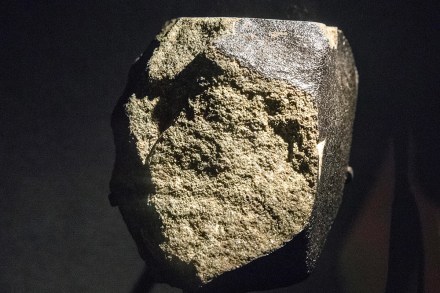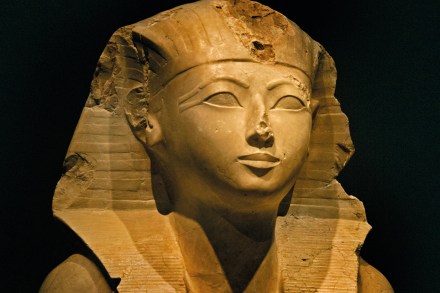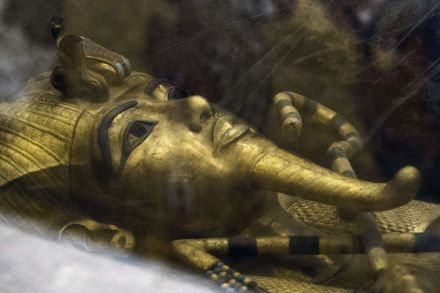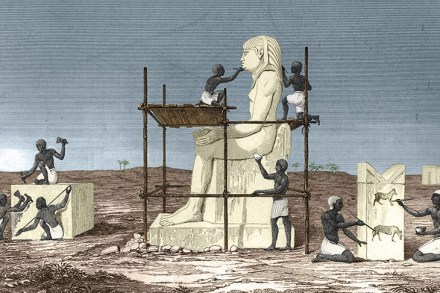A piece of Mars to toy with
Since reading Helen Gordon’s The Meteorites, I keep catching myself in imaginary conversation with an Essex thatcher called Frederick Pratt. On 9 March 1923, he was working in a wheat field at Ashdon Hall Farm, near Saffron Walden, when he heard a strange ‘sissing’ sound and looked up to see ‘the earth fly up like water’. He later dug up, from a depth of two feet beneath the surface of the field, a stone weighing 1.27kg that had fallen from the sky. He took it to the police station, then on to the vicar, who shipped it off to the Natural History Museum. There we know it was classified as






